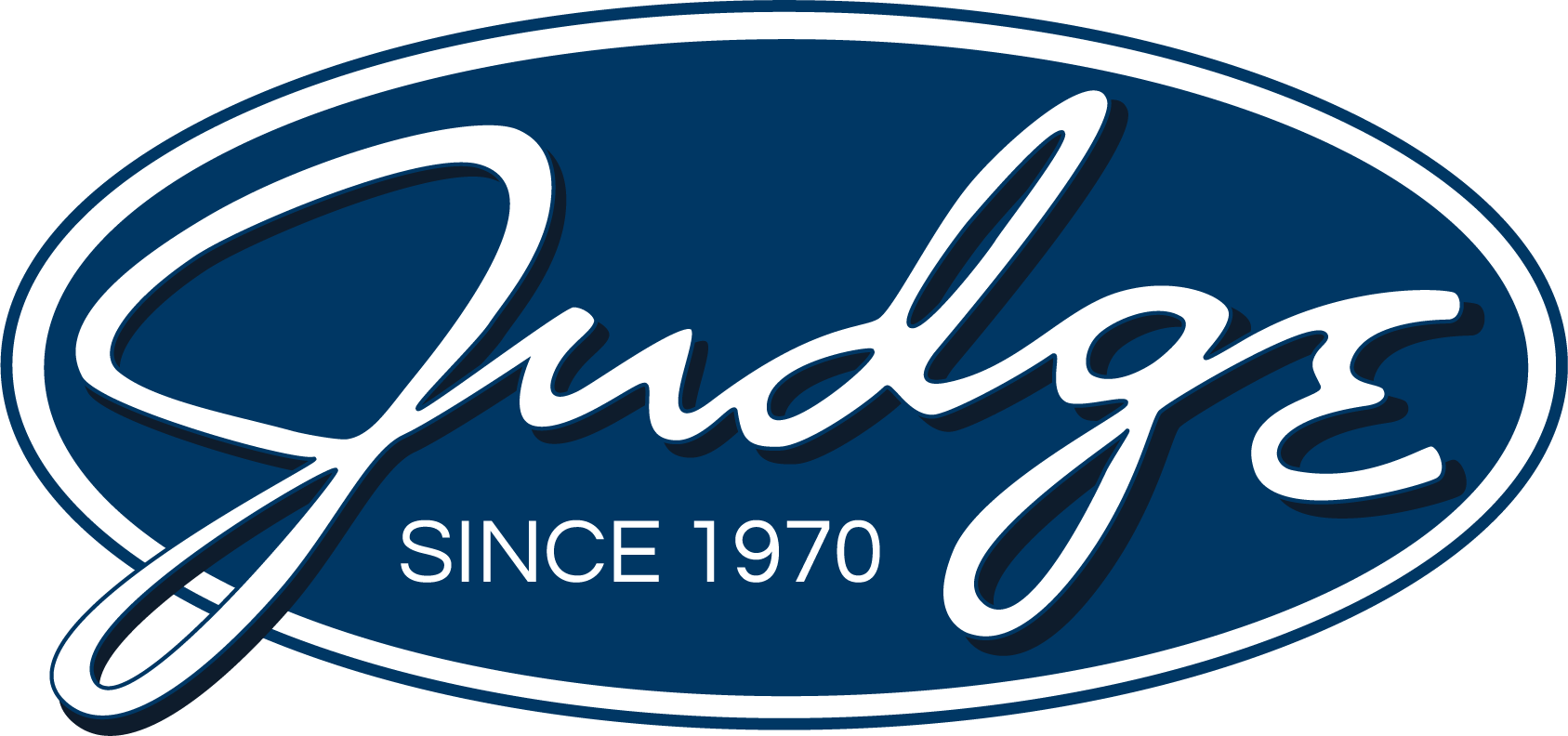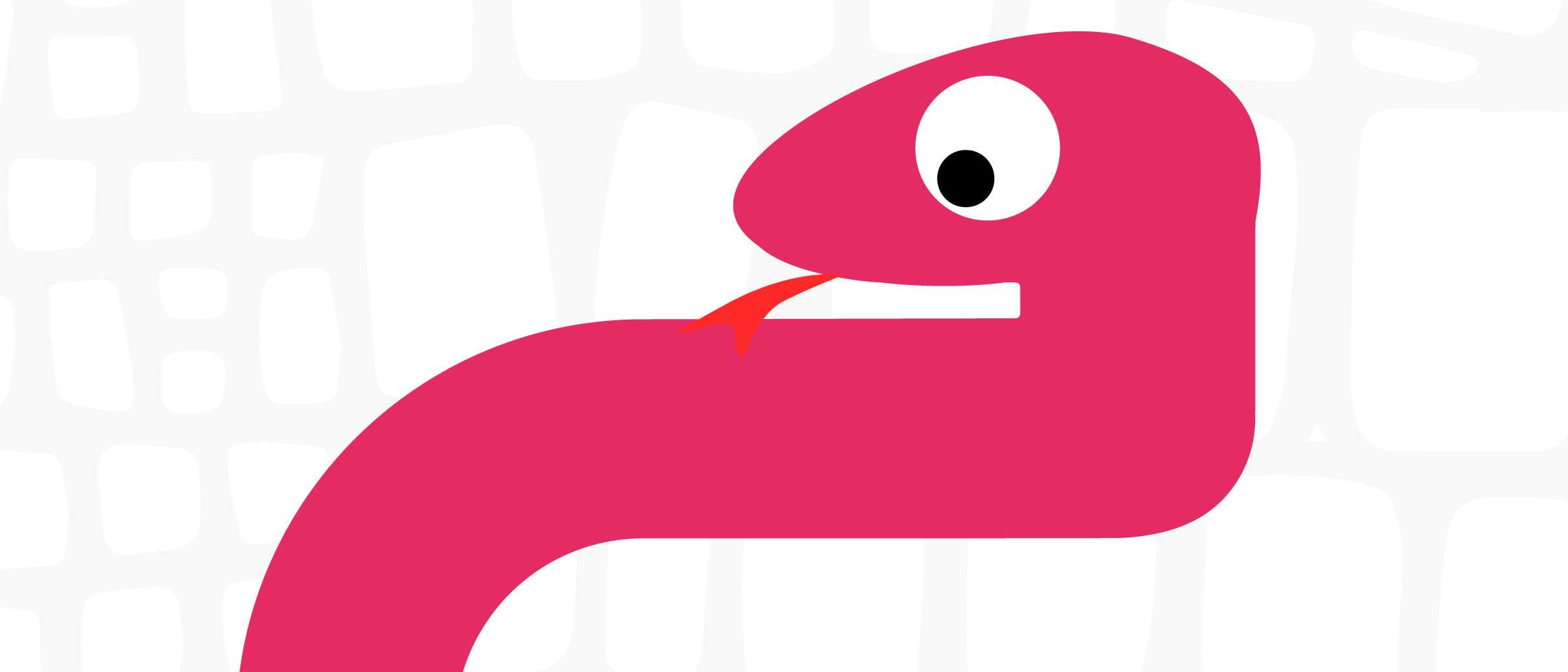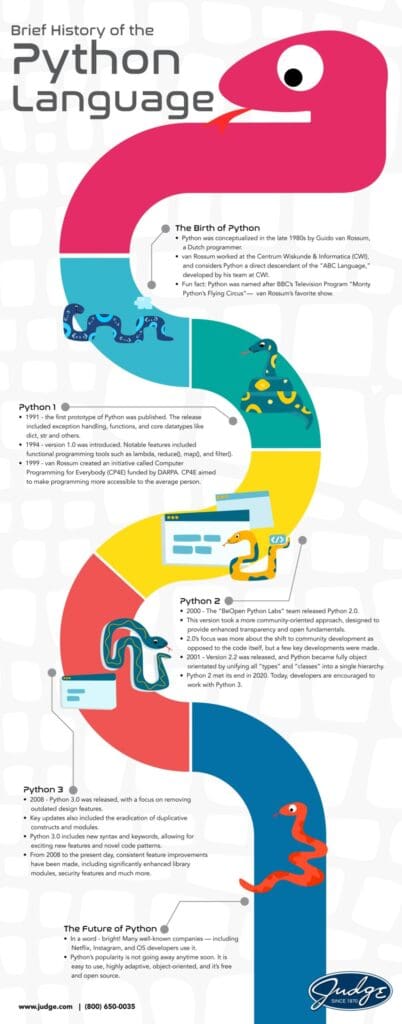A Brief History of the Python Programming Language
As is the case with all tools of the information age, Python took many years to develop and improve. Let’s take some time to summarize the History of Python infographic below. (Click to view a larger version)
Guido van Rossum formally released the Python language in 1991. In the time since, it has become one of the most popular in the world, primarily because it is open source, relatively easy to use, and quite flexible.
Before Python became the program we know it as today, van Rossum worked at the Centrum Wiskunde & Informatica, where his primary responsibility was developing a language called ABC. Van Rossum’s credits ABC and the work of his colleagues as having been instrumental in his ultimate vision for Python. In developing the Python language, Van Rossum kept ABC’s overall syntax but made early improvements to some of ABC’s persistent issues.
Surprisingly, Python’s name didn’t come from a snake; it was named after Van Rossum’s favorite TV show: Monty Python.
Since its initial release, Python has continued its epic journey forward. Version 2.0 was released in the year 2000 by the Python Software Foundation. Though its improvements were heavily focused on Python’s shift to community development, this release also introduced Unicode implementation, garbage collection of cycles, list comprehensions, and augmented assignment operators. All the remaining releases leading up to Python 3 were created by the Python Software Foundation.
The next Python release 3.0 came in 2008. The main focus of this release was fixing some fundamental design flaws. In the time since, many feature improvements have been made, slowly and steadily. In the newest version, Python 3.8, developers were excited to learn about new features like assignment expression and simpler debugging tools. Compared to earlier versions, Python 3 makes it easy to develop high quality software.
The Python language’s wide range of applicability has made it popular with some of the largest companies in the world, and the simplicity and openness of its code has made it one of the most popular coding languages for the better part of 30 years.





